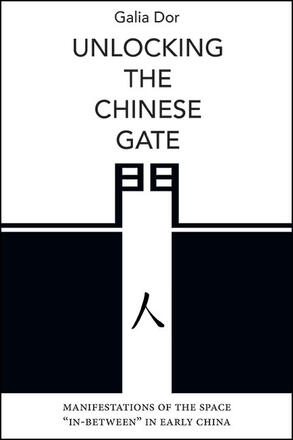
Unlocking the Chinese Gate
Manifestations of the Space "In-Between" in Early China
Alternative formats available from:
Offers an innovative analysis of gates—as architectural components, visual images, and mental constructs—in early Chinese thought and material culture.
Description
Unlocking the Chinese Gate offers an innovative analysis of gates in early Chinese thought and material culture. Observing gates from various perspectives—including philosophy, architecture, and psychology—and through the conceptual lens of Chinese correlative thinking, Galia Dor conceptualizes the Chinese gate as a membrane-like apparatus that, from the space "in-between," efficaciously manifests (de) the Way (dao) into the "ten thousand" forms of actualized life. This methodology exposes an open-to-closed gradation between pairs of inside/outside (wai/nei) that resonates throughout the Chinese model of psychocosmic concentric circles. The consequential strategies (e.g., continuity/break, chaos/order) demonstrate how early Chinese cosmological, philosophical, and political idealities, as well as afterlife religious beliefs, were applied—including the various approaches to and practices of self-cultivation. The book sheds new light on ancient Chinese thought and material culture and offers points of comparison to Western thought and modern science, including a model of "decision-gating" that carries relevant implications and insights to our current lives.
Galia Dor received her doctorate in East Asian Studies from Tel Aviv University, where she has lectured on Chinese and Japanese philosophy, art, and material culture.
Reviews
"If there is one object in Chinese civilization whose significance surpasses its physical presence, it is the gate. Architecturally, the gate is as varied in size and design as the structures it is associated with, while, in the sphere of religion, it is a physical and metaphorical icon. When it comes to philosophical discourses on the gate, Galia Dor breaks new ground with her reading of the gate as the in-between of the formed and formless. In her profoundly rich and sublimely gratifying work, Dor draws upon a wide spectrum of materials to reveal how the Chinese transformed the humble gate into one having 'psychocosmic' potential. Intertwining the fields of architecture, history, politics, religious studies, and philosophy, this book is a breathtaking example of cross-disciplinary scholarship, shedding new light on both the gate and early Chinese thought and material culture." — David Chai, author of Zhuangzi and the Becoming of Nothingness